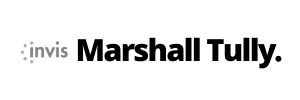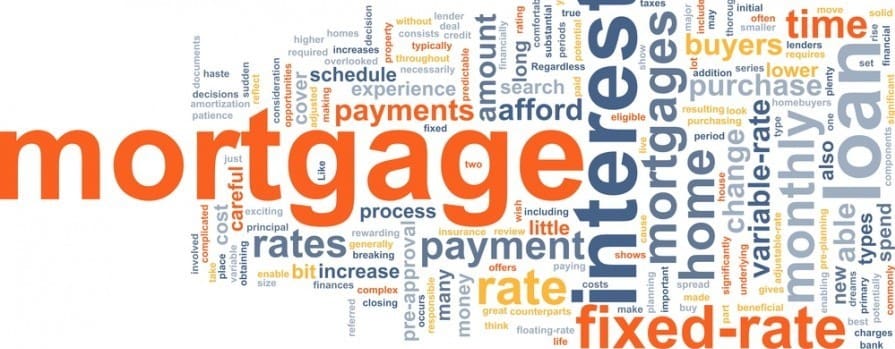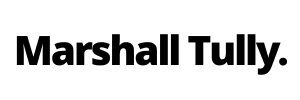Choosing a mortgage is a big decision, and chasing a good rate can cost you thousands in the long run.
Getting a mortgage is probably one of the biggest financial decisions you will make in your lifetime, and like your investments this is not a road you should travel alone. Mortgage Agents have the expertise to advise you on the products available to you and help you understand what the differences are between them. Below we break down the differences in mortgage products and have provided links to our blog where you can find more detailed explanations, but if you have any questions please get in touch and we’d be happy explain things further.
Major details of a mortgage that vary from product to product:
Term – This is the length of time that you are locked in to the deal that you signed, at the end of the term you will renegotiate the deal based on the current market. Term can vary from 6 months to 10 Years. More here.
Rate – Here you are looking at two options, Fixed which is a locked in interest rate for the term of the mortgage, and Variable where your interest rate is related to the Bank Of Canada Prime interest rate, so if the Bank Of Canada increases Prime, then your interest rate on your mortgage will go up.
Amortization – Amortization is the length of time it will take to payout the mortgage completely. Typically on purchases you are looking at 25 Years, but there are lenders that will do 30 or 35 years if you need to lower payments to qualify. On a refinance or renewal it is best to keep the Amortization in line with what it is currently, extending it slightly to keep things affordable, or reducing it to pay off your mortgage faster.
HELOCs – Home Equity Lines Of Credit are lines of credit secured against the value of your house. These are great if you have lots of equity in your home, and would like to have quick access to funds if needed. A lot of the big Banks will register these products as collateral charges, which make getting a HELOC product easy, but can make moving your mortgage more expensive which makes shopping around at the end of the term more difficult.
Insured and Conventional – A Conventional mortgage requires a downpayment of 20% or more, so you are borrowing 80% or less of the value of the property. AnInsured mortgage, or High-Ratio, is when you have less than a 20% down payment, or are borrowing more than 80% of the property’s value. In this case you are required by law to insure the mortgage against default of payment.
Pre-Payment Privileges – Most mortgages allow for pre-payment without penalty. You can increase your monthly payment by 20% of original amount, or make a lump sum payment of 20% of the original mortgage amount once annually. Some Low Rate promotional products will only allow for 10%/10% or sometimes no pre-payment privileges at all.
Pre-Payment Penalty – Typical pre-payment penalties on a fixed mortgage are the greater of 3 Months-Simple Interest or an Interest Rate Differential (IRD). The Big Banks calculate the IRD based on the discount you received off the posted rate at signing, while other lenders use the difference between your rate and current market rates for the term closest to the time remaining on your mortgage term. Some low rate products will charge 3% of the outstanding mortgage or not allow for payout at all without the sale of the property. The varied penalty calculations can result in thousands of dollars in difference from one product to another. More on this here.
Contact us today and we’d be happy to guide you through the process or answer any questions you may have!
Overview
Subscribe to begin.
Join 7.5k+ subscribers and get tips, strategies and market updates every other Thursday morning.







